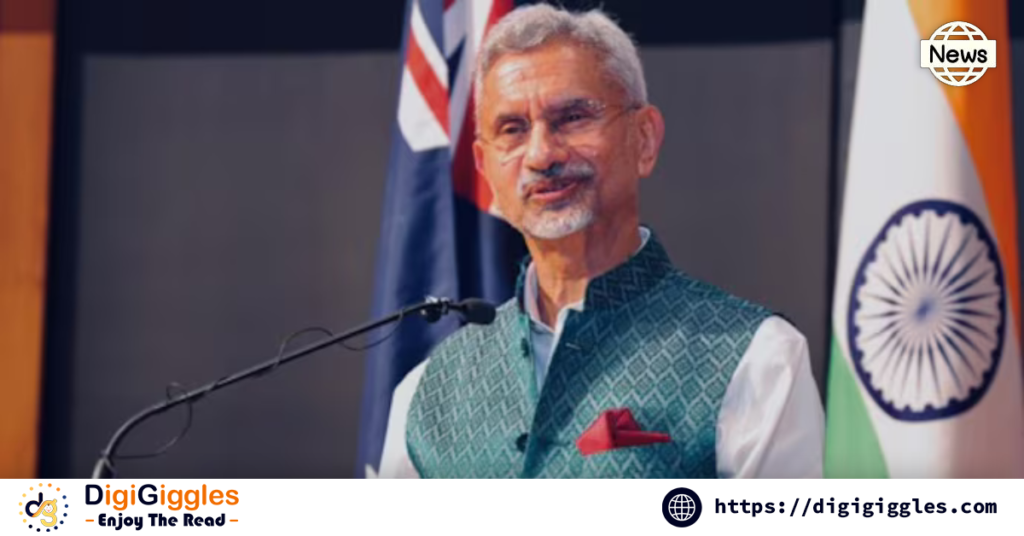
In a significant diplomatic development, India’s External Affairs Minister, S. Jaishankar, described the recent disengagement efforts along the India-China border as a “welcome step” towards restoring peace and stability in the region. The minister’s remarks come as both countries have been working towards de-escalating tensions following a prolonged standoff at several friction points along the Line of Actual Control (LAC) in Eastern Ladakh. These efforts reflect a cautious yet hopeful trajectory towards a more balanced bilateral relationship between the two Asian giants. For the past several years, relations between India and China have been strained due to persistent boundary disputes, with recent confrontations marking some of the most serious in decades. The two nuclear-armed neighbors have frequently been at odds over territorial claims, and attempts to clarify these have met with little success over the years. However, in recent months, concerted efforts through diplomatic and military channels have led to a gradual process of disengagement at certain flashpoints, a move seen as critical to defusing the military tensions that have lingered since mid-2020.
Positive Developments Along the LAC
Minister Jaishankar emphasized that while disengagement is ongoing, the process signifies a positive change in India-China relations, especially along the tense LAC. “This is a constructive step,” Jaishankar noted, underscoring the importance of steady progress to avoid escalation. He added that restoring peace in border areas was fundamental for broader stability and that both sides recognized the necessity of dialogue to handle delicate security matters. According to sources familiar with the negotiations, disengagement has thus far involved a phased withdrawal of troops from specific contentious zones. This process is being closely monitored to ensure compliance by both sides and avoid miscalculations that could lead to further hostilities. The two countries have engaged in several rounds of high-level military and diplomatic talks, demonstrating a mutual intent to reduce immediate threats and establish more trust in their interactions.
Addressing Larger Strategic Issues
Jaishankar also noted that while the disengagement is a positive step, there remains a range of unresolved issues between the two nations. These issues extend beyond border concerns, touching upon economic, political, and regional stability aspects. The border truce, however, is viewed as a necessary foundation to tackle these larger challenges. The minister highlighted that the relationship between India and China is multifaceted, involving cooperation in areas like trade and regional security, even as both countries navigate complex challenges. In this context, disengagement serves as a measure that could prevent future confrontations, fostering conditions for stability. Still, he acknowledged that a complete resolution will require time and effort from both governments.
A Gradual Path Forward
Though the path towards enduring peace is neither quick nor easy, Jaishankar’s remarks suggest that India is committed to pursuing a balanced approach in managing its relationship with China. Observers believe that while strategic patience will be required, the current disengagement efforts could set a precedent for future negotiations. Military experts caution, however, that both nations must remain vigilant, as fragile gains along the LAC are still susceptible to unforeseen incidents. Thus, the current disengagement progress along the LAC reflects a potentially stabilizing phase in India-China relations, provided that both nations continue to adhere to their commitments. For India, maintaining a peaceful border is essential to its broader regional strategy, and the recent actions indicate a cautious but deliberate move towards de-escalation. As Jaishankar underscored, such efforts serve as building blocks for a more harmonious and cooperative future between the two countries.